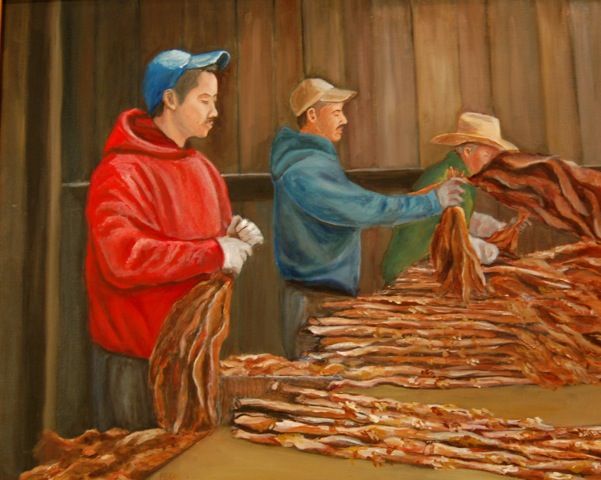 |
| "Winter Work" 16x20 oil on canvas |
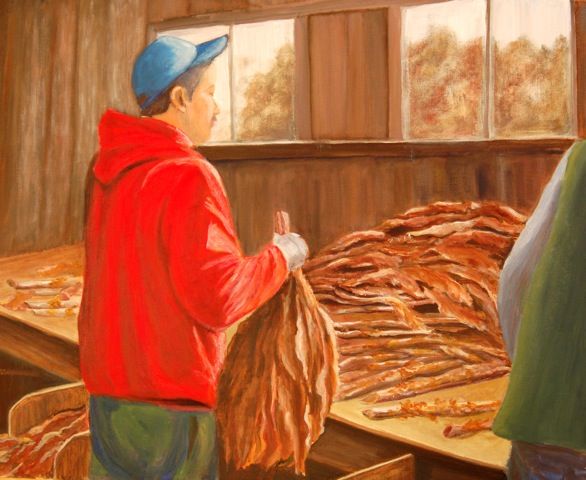 |
| "Stripping Tobacco" 16x20 oil on canvas |
October 20, 2009
Yesterday was a foggy October morning so I ventured out with my camera...
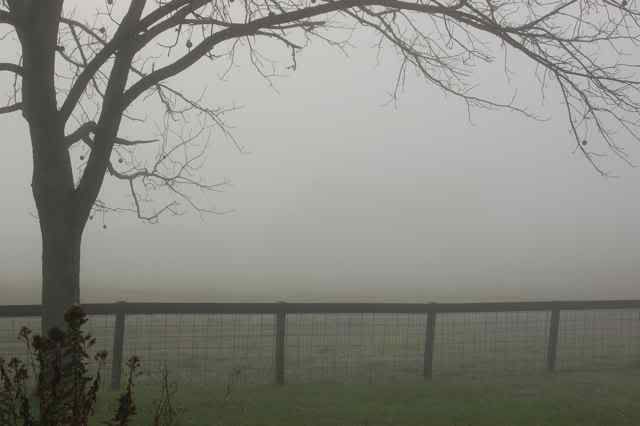
crossed over the fence where I discovered a sparkly spider web,
and headed up the path to the tobacco barn...
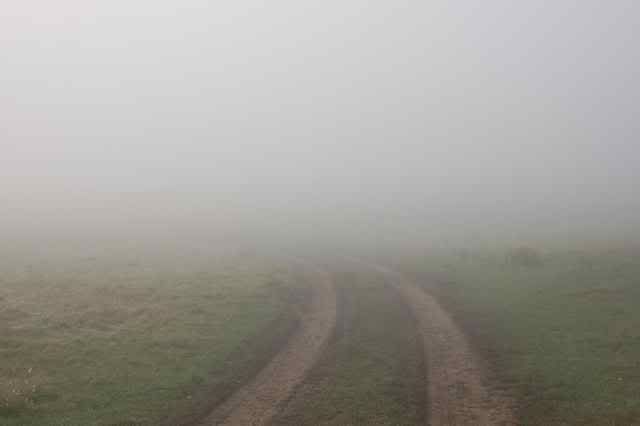
where I got to watch some G-rated "strippers."
Before you get too excited, I should tell you that the process of removing the leaves from the stalks is called stripping tobacco.

Back in August when the tobacco was hung in the barn, it was a yellowish green. After two months or so in the barn, the leaves have turned a golden brown.
On damp, foggy mornings, tobacco takes on moisture or "comes in order" and becomes pliable enough to be taken down without crumbling. It's carefully stacked onto wagons and carried to the stripping room.
They work under the watchful eye of their supervisor, Kate.
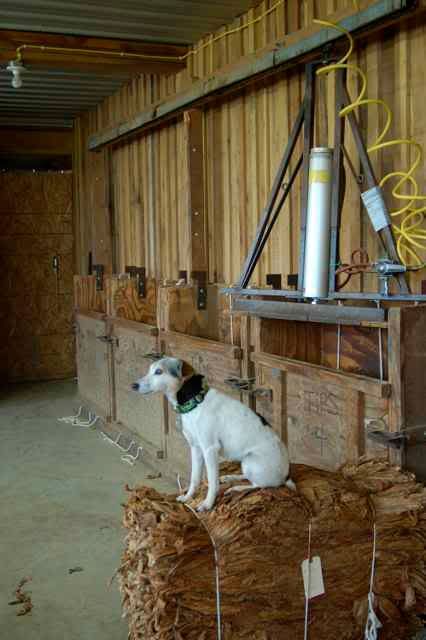
The piles of leaves are carried to specially-made baling boxes and stacked according to grades.
Kate finds the finished bales useful for scratching her back.
The bales are carefully tagged according to grade and quality.
Out go the empty stalks! They will be spread on the pasture land as organic fertilizer.
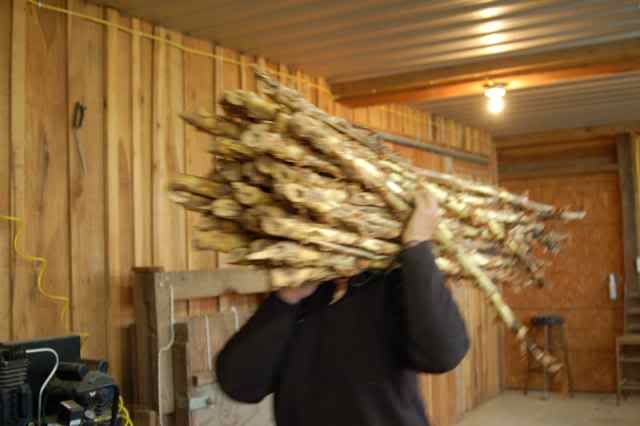
Tobacco has been sold in bales for only the past twenty years or so. Before that, it was stripped into bundles called "hands" of tobacco. While at the barn, I asked Pa to tie up a couple of the old-fashioned hands to hang up on the porch.

Then he took a single leaf and wrapped it around the stem ends of the leaves.
The hands of tobacco were artfully arranged on those big wooden tobacco baskets that are often found in antique shops today. In November and December, the crop was sold at auction in big tobacco warehouses located in almost every town. It was an exciting time of year for farm families. Now the crop is simply delivered to tobacco companies at receiving stations... the romance of a bygone era is only a memory.
I'm linking this post to Alphabe-Thursday at Jenny Matlock's blog. W is for Winter Work!

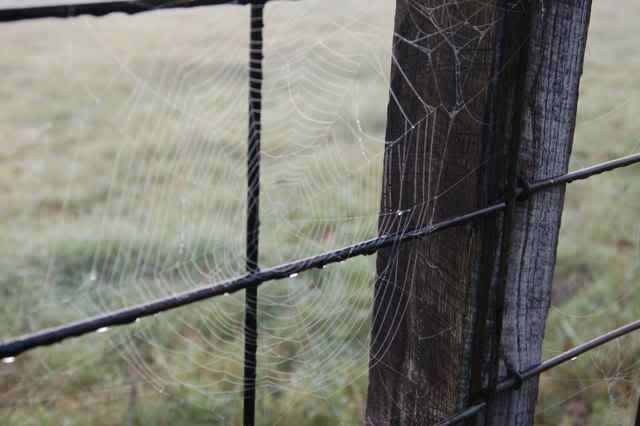
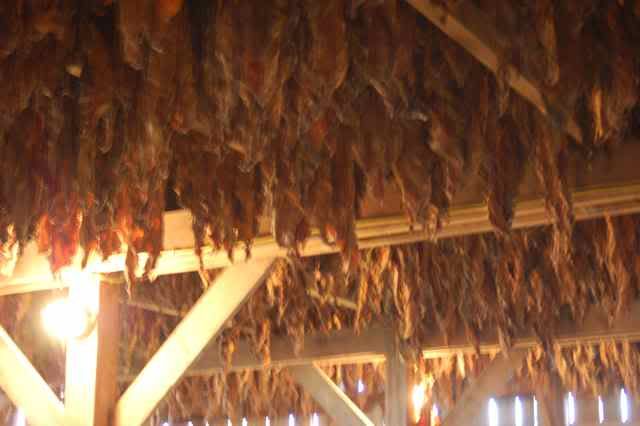
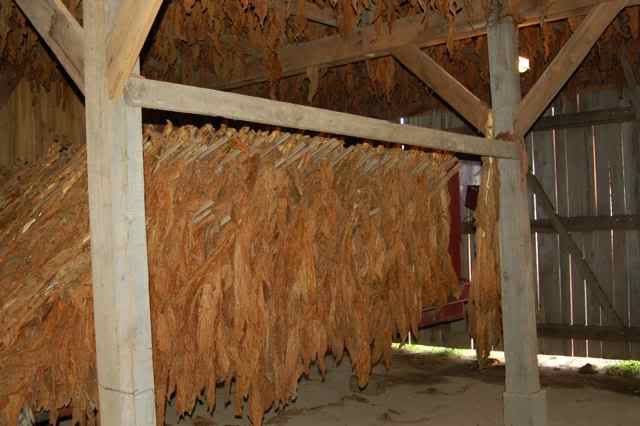
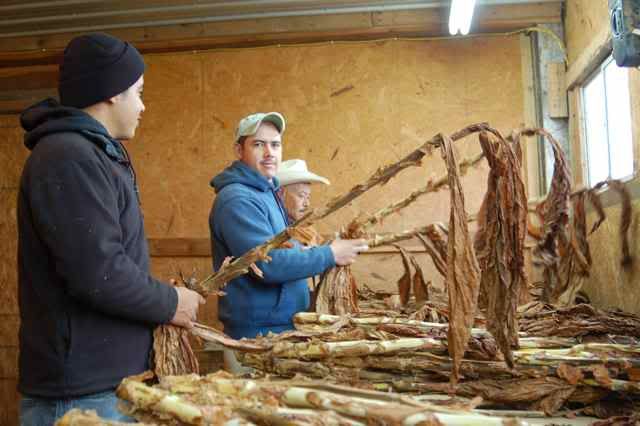

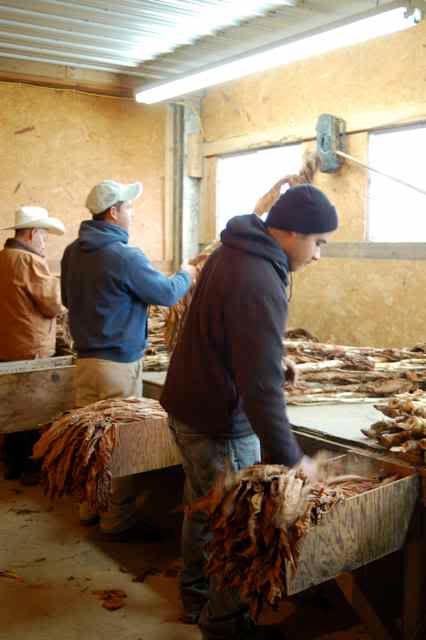
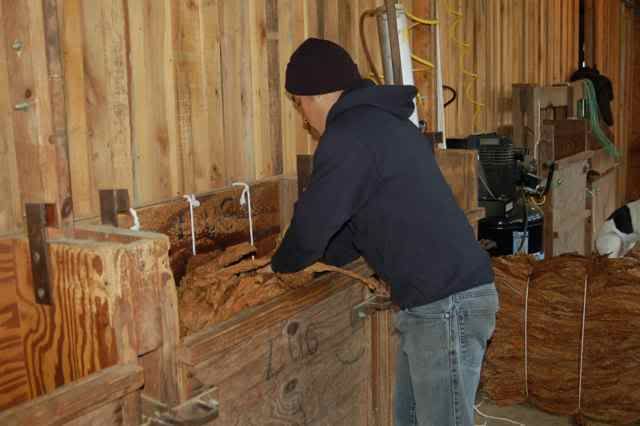
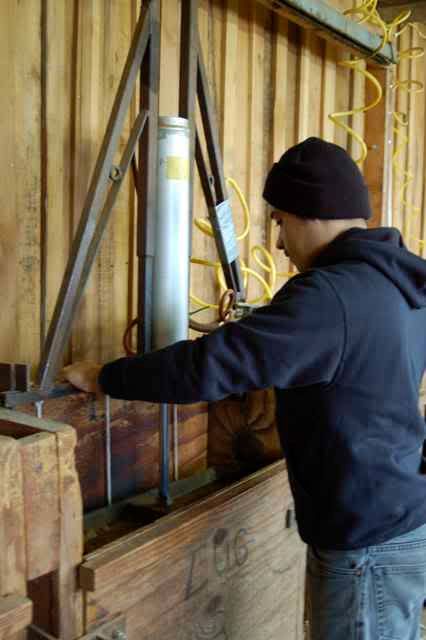
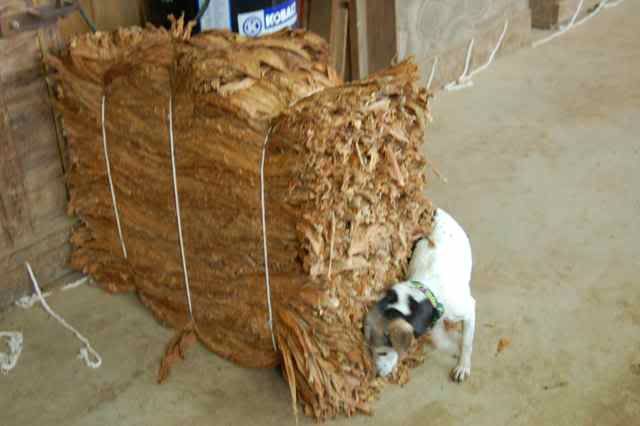
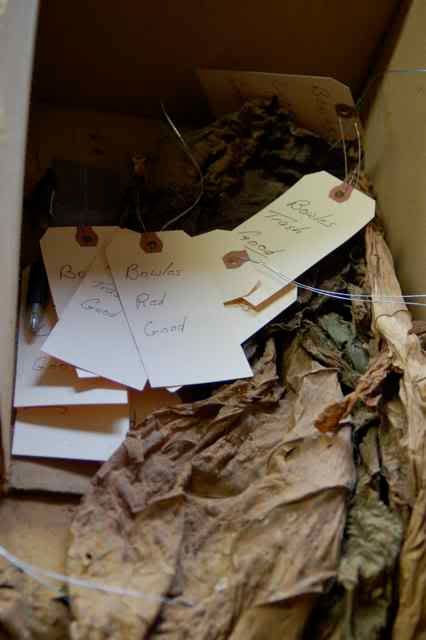

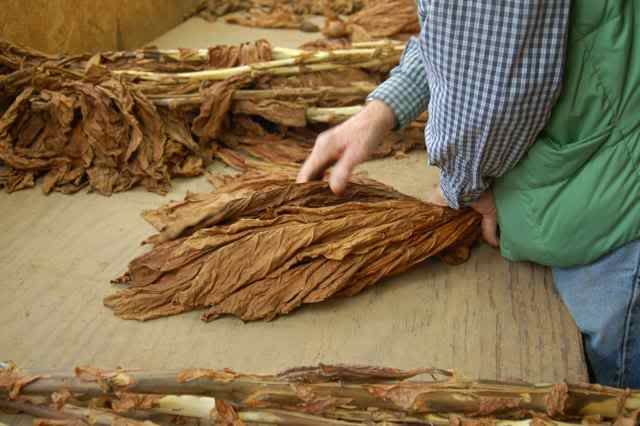
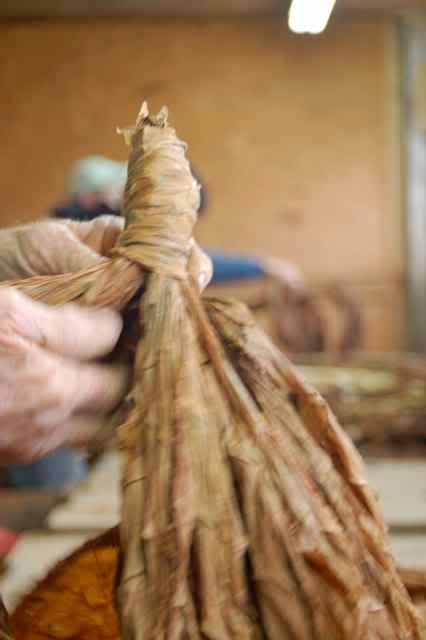


That was interesting, Peg. Many years ago I lived in the tobacco growing area of Canada around Tillsonburg, Ontario. There are still many tobacco drying barns there but farmers are gradually moving towards other types of farming, I think.
ReplyDeleteI'll bet your husband and the worker were thrilled with the paintings.
What a lovely journey through the process of stripping tobacco. I come from Virginia, a tobacco state, but don't know much about the production
ReplyDeletethat is so interesting. It's really beautiful. Thanks so much for the tour of your farm! {:-Deb
ReplyDeleteHow interesting. I've never seen anything like that before. It must smell good in there.
ReplyDeleteThat WAS fascinating! The leaves really were artfully entertwined.
ReplyDeleteInteresting and I am going to send this link on to someone I love who will enjoy a read!
ReplyDeleteThanks for the virtual tour. There is so much that goes on behind the scenes that we never know about.
ReplyDeleteI hopped over from Pondside. Wow..this was so interesting, and the photos are paintings waiting to be done!! Yours were just great and I was so pleased to not just read what you wrote about growing tobacco but also, to see your paintings and also read the admiration you have for your dad and the workers.
ReplyDelete